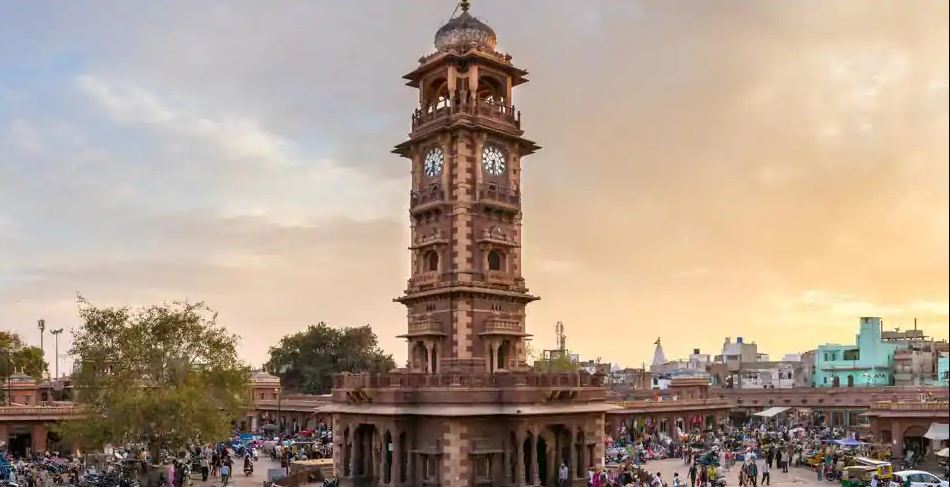A month after the country got independence from the Britishers, the new rulers decided to impose a single standard time across the length and breadth of the country. The logic behind the decision was perhaps to unify the newly independent country and give a sense of unity for people in the north, south, east, and west. India is a vast country, stretching nearly 3000 km from east to west. So, sunrise in the city of Kolkata is almost two hours earlier than the city of Bombay. But the Indian Standard Time (IST) imposed by the mighty central government does not give people the freedom to work in sync with nature. IST is measured at Shankargarh Fort in Allahabad, (Uttar Pradesh) along the line of longitude 82.5° east. IST is 5 1/2 hours ahead of Greenwich Mean Time (GMT). “It makes no sense by any practical yardstick for people in Assam or the Andamans to keep their watch to the time of people in Agra. This actually has negative consequences in such diverse areas as lifestyle habits and energy conservation. It has even been suggested that one of the reasons that our north-east doesn’t produce such good cricketers is that, for a day-long sport, they have so much less sunlit time for practice than their counterparts in western India”, Shashi Tharoor wrote in The Week,
The call for a separate time zone has been repeatedly raised by the politicians, intellectuals, industrialists from the East and the Northeast. Some people have taken this issue to the judiciary, the court accepted that a single time for vast geographies of India is somewhat illogical but it should be carried out until the executive branch takes some step. The journalist, writer and academic Sanjoy Hazarika described the Northeast as being stuck in “trapped in a time zone that makes neither common sense nor social and economic sense”. A study by Prof D.P. Sengupta and Dilip Ahuja of the National Institute of Advanced Studies (NIAS) in 2014 claimed that advancing IST by just half an hour would result in saving 2.7 billion units of electricity every year.
The benefit of having two or three separate time zones is not limited to saving electricity. It will increase the productivity of the people as thousands of scientific studies have proved that the human body works best in daylight hours. Many countries like the United States, Russia, some European countries use different time zones to maximize the productivity of the people.
To have different time zones is not new to India. Before independence, the major cities of the country like Delhi, Mumbai, and Madras had different standard times. Assam too followed a different time standard called ‘bagaan time‘ which was set according to natural work hours in the tea bagaans in Assam. The critics of change argue that different time zones will lead to confusion in flight and train schedules. Another argument is that China despite being larger than Indian follows ‘Beijing Time’. This is true that having different time zones will create some chaos in flight and trains schedules but people will adjust after some time. United States follows 9 different time zones and people adjust to that despite the fact that flight operations in the US are way higher than India. And as far as China is concerned, the single time zone was imposed by the Communist regime. In China communist did not follow any flexibility in operations and it is same with the Nehruvian socialist regime of India. Now India must undo the wrongs and we are fortunate that we have Narendra Modi as our PM at a time when India needs to grow fast.
